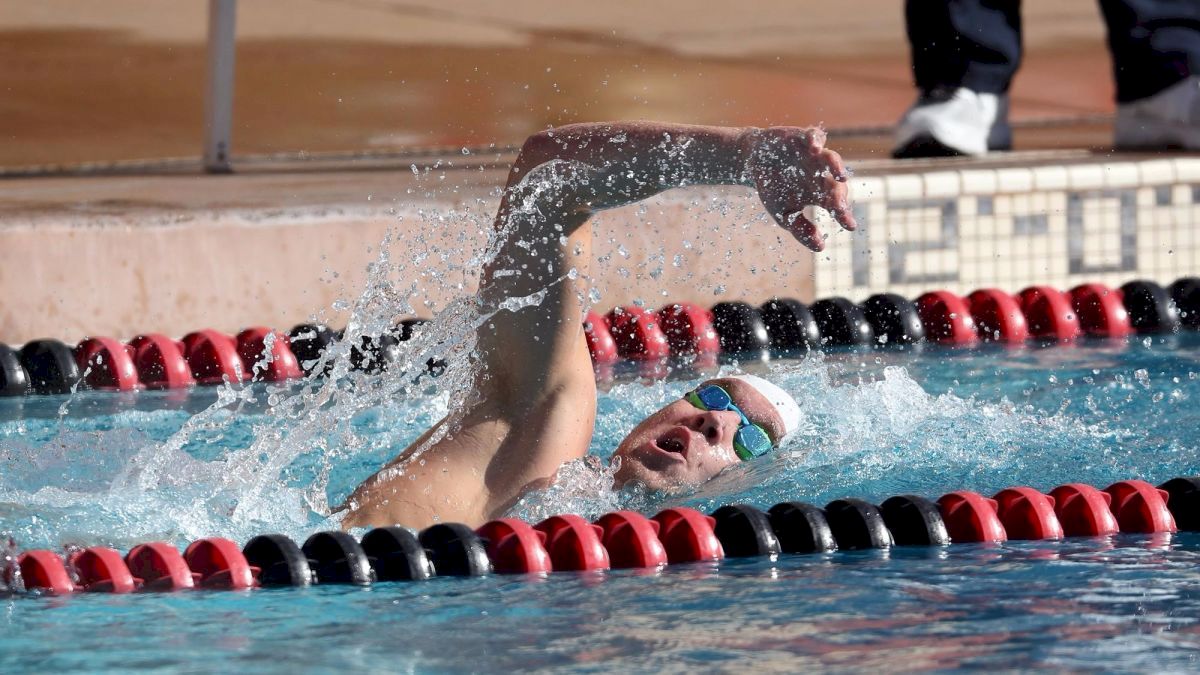How To Avoid The Post-Swimming Plump
How To Avoid The Post-Swimming Plump
It’s easy to let yourself slip into the post-swimming plump phase, but for those of you who want to stay in solid shape, we’ve got a few tips for you.

Four hours of cardio per day, intense drylands sessions, all with trainers and coaches watching over you making sure you’re in the best shape of your life for years and then—poof!—you’re on your own. It’s easy to let yourself slip into the post-swimming plump phase, but for those of you who want to stay in solid shape, we’ve got a few tips for you.
1. Stay Active
Ask nearly any new “swammer” how they feel about getting out of bed to go to the gym and you’ll likely get a lot of the same response. After a 15-year career and countless mornings of waking up at the crack of dawn to go jump in an ice cold pool, staying in bed for just a couple of mornings sounds wildly tempting. Don’t fall into the trap.
2. Eat for Health
The transition from “eat anything you want” to “eat only the stuff that doesn’t make you fat and lazy” is a rough one. Raising Canes is right around the corner, In-N-Out Burger is calling your name, but don’t do it. Life is going to get pretty wild when you transition into the corporate world and have to be a contributing member of society, but there’s plenty of help out there to keep you on the right path. For the majority of a swimmer’s time spent on earth, we’re trained to intake as much food as possible to offset how many calories are being burned on a regular basis. Doesn’t matter what...doesn’t really matter how much—just eat eat eat.
Do your research! Some of the most successful athletes (and non-athletes) use macronutrient trackers to monitor their intake of protein, carbohydrates, and fat, along with their other vitamins and minerals (micronutrients). Making your meals ahead of time (meal prep) can also not only save you time but can save you money, as well as tremendously benefitting your overall health.
3. Stay On A Team
The team environment associated with swimming and the culture that comes along with it is highly underrated. Accountability, friendship, and positive energy are just a few of the benefits that come with staying in the community environment of fitness after swimming.
Now, before everyone jumps to the “Oh, OK, so CrossFit!” conclusion there’s plenty of other options out there, and we’ll jump into them below.
- Rec sports
- Masters swimming
- Yoga
- Fitness meetups
- Running, biking, hiking clubs
4. Find Exercise You Enjoy
Another issue faced by humans in the post-athletic depression is the struggle to realize that exercise doesn’t necessarily mean high-intensity sweat sessions. For the most part, we’ve only been exposed to this sort of exercise and have rewired/redefined the definition of exercise in our minds. To help you flip the switch here’s what exercise really is…
Exercise (verb) - to use repeatedly in order to strengthen or develop (via Merriam-Webster).
Per this definition, stand-up paddleboarding, sand volleyball, ice skating, bowling, and Spikeball all count as exercise.
The post-swimming blues are real. An active healthy lifestyle is everywhere, but it’s up to you to choose to make the transition and put yourself in a position to be healthy. Unfortunately, we aren’t exactly taught throughout our lives what normal exercise looks like and it can make it increasingly difficult to transition. With these tips, the right people in your life, and a commitment to health it’s easier than you might think.